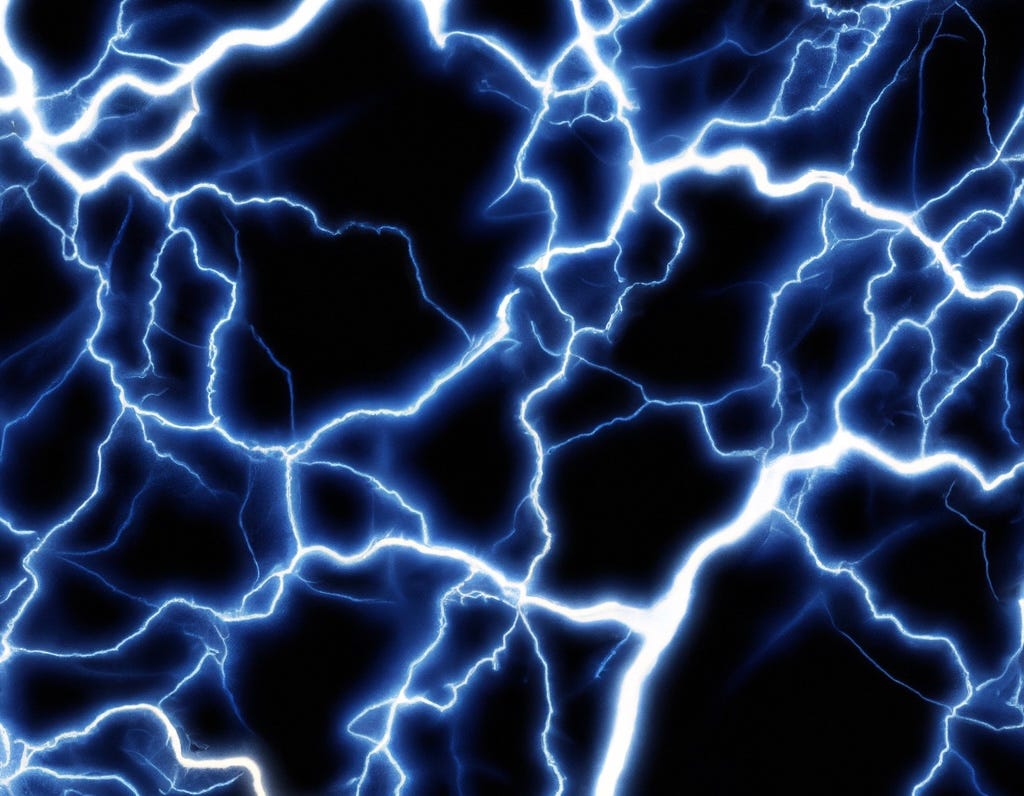Wires in Atoms
Electricity is a fascinating innovation that may seem like magic, but in reality, it is all about the movement of special particles. So, let's dive into the world of ELECTRICITY and explore its wonders!
In real life, electricity refers to the movement of electrons. Electrons are tiny, negatively charged particles that orbit around the nucleus of an atom. Sometimes, electrons can move from one atom to another, and this movement is what we call electricity. However, electrons need a path or a conductor to move; otherwise, they remain stationary.
There are three important measures used to understand electricity. The first one is current, which is measured in units called amps. Current represents the flow of electrons. It tells us how many electrons are moving through a conductor. You can think of current like the flow of water in a pipe – the more water flowing, the higher the current. It's crucial to note that too much current can be dangerous and even fatal.
The next measure is resistance, which is measured in ohms. Resistance refers to the blocking or hindrance of electrons. Imagine a pipe that is narrow – it would be difficult for water to flow through it. Similarly, if a material has high resistance, it makes it hard for electrons to move through it.
Now, let's talk about conductors. Conductors are materials that allow electricity to flow easily. While most materials are insulators, meaning they don't conduct electricity well, they can be transformed into conductors. Metals are the primary conductors used in electrical systems. Wires and many other electrical components are made of metals like copper, aluminum, and steel. Additionally, there are semiconductors like silicon that can act as both conductors and insulators. These semiconductors are crucial components in computers and LEDs. Other objects can conduct electricity when they come into contact with a conductor or when subjected to a large amount of current, similar to lightning.
Last but not least, we have voltage, measured in volts. Voltage represents the "push" or force of electricity. Think of it as the steepness of a pipe. If the pipe is steep, water will have a greater urge to slide down. Similarly, voltage measures the potential energy of electrons based on their position. Higher voltage means more potential energy and a stronger push for electrons to move.
These are the basics of electricity when viewed on an atomic scale.
Understanding these concepts allows us to create circuits and explore the fascinating world of lights and motors, which we will discuss in Part 2 of our newsletter.
Bye for now! We will pause our newsletter until mid-August after Part 2, so make sure to subscribe now!

